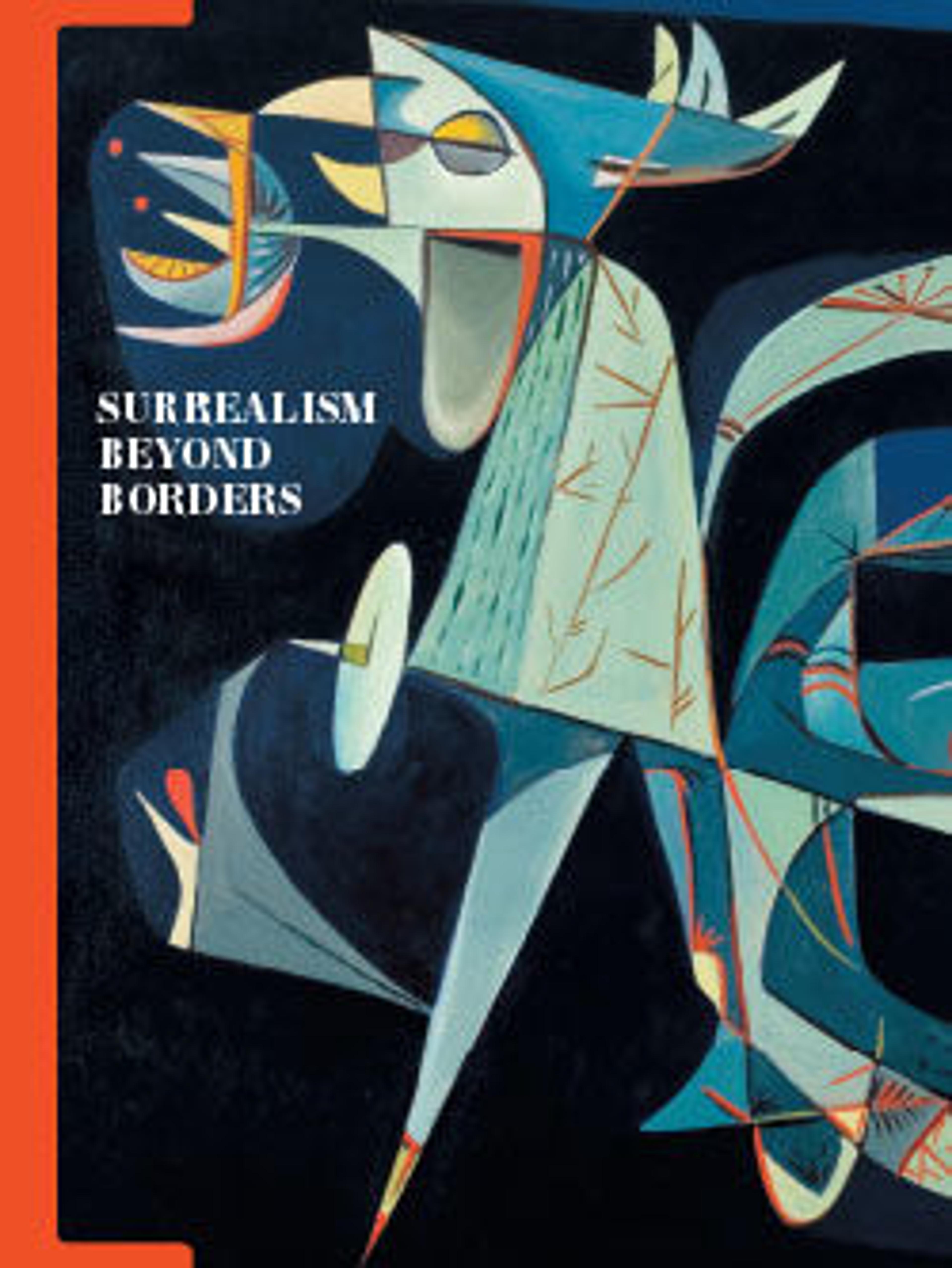Finial from a Slit Gong (Atingting Kon)
This is the finial of a large vertical slit gong carved from the trunk of a breadfruit tree. Slit gongs are hollowed cylinders of wood with a narrow longitudinal opening, or slit, whose edges are struck to produce a deep, sonorous tone. Planted upright in the ground, these gongs tower over their percussionists who, seated or standing, animate and bring them to life by striking the lip of the gong with mallets. Played at all major social and religious events, such as grade initiations, funerals, and dances, the slit-gongs are more than simply musical instruments, they are considered to be portraits of ancestors so that when played, it is the voices of awakened ancestors which resonates from their interior chamber. Large oval eyes, often painted so as to animate, sit above a prominent, pierced nose through which sprays of leaves are inserted as a means of enlivening further. The forehead is raised and surrounded by rows of concentric toothlike projections, representing the hair (hingiye), and small arms and spiral motifs depicting sacred pigs’ tusks rest on either side of the top of the vertical slit or mouth (tute).
Maia Nuku, 2015
Published references
Museum of Primitive Art. Masterpieces in the Museum of Primitive Art: Africa, Oceania, North America, Mexico, Central to South America, Peru. Handbook series. New York, NY: Museum of Primitive Art, 1965, no. 45.
Further reading
Kjellgren, Eric. Oceania: Art of the Pacific Islands in the Metropolitan Museum of Art. The Metropolitan Museum of Art, New York and Yale University Press, New Haven and London, 2007.
Maia Nuku, 2015
Published references
Museum of Primitive Art. Masterpieces in the Museum of Primitive Art: Africa, Oceania, North America, Mexico, Central to South America, Peru. Handbook series. New York, NY: Museum of Primitive Art, 1965, no. 45.
Further reading
Kjellgren, Eric. Oceania: Art of the Pacific Islands in the Metropolitan Museum of Art. The Metropolitan Museum of Art, New York and Yale University Press, New Haven and London, 2007.
Artwork Details
- Title: Finial from a Slit Gong (Atingting Kon)
- Date: early to mid-20th century
- Geography: Vanuatu, Ambrym Island, Fanla village
- Culture: Ambrym Island
- Medium: Wood, paint
- Dimensions: H. 61 1/2 × W. 22 3/4 × D. 21 1/2 in. (156.2 × 57.8 × 54.6 cm)
Other: 21 13/16 × 21 3/4 in. (55.4 × 55.3 cm) - Classification: Wood-Musical Instruments
- Credit Line: The Michael C. Rockefeller Memorial Collection, Gift of Nelson A. Rockefeller, 1972
- Object Number: 1978.412.736
- Curatorial Department: The Michael C. Rockefeller Wing
More Artwork
Research Resources
The Met provides unparalleled resources for research and welcomes an international community of students and scholars. The Met's Open Access API is where creators and researchers can connect to the The Met collection. Open Access data and public domain images are available for unrestricted commercial and noncommercial use without permission or fee.
To request images under copyright and other restrictions, please use this Image Request form.
Feedback
We continue to research and examine historical and cultural context for objects in The Met collection. If you have comments or questions about this object record, please complete and submit this form. The Museum looks forward to receiving your comments.
